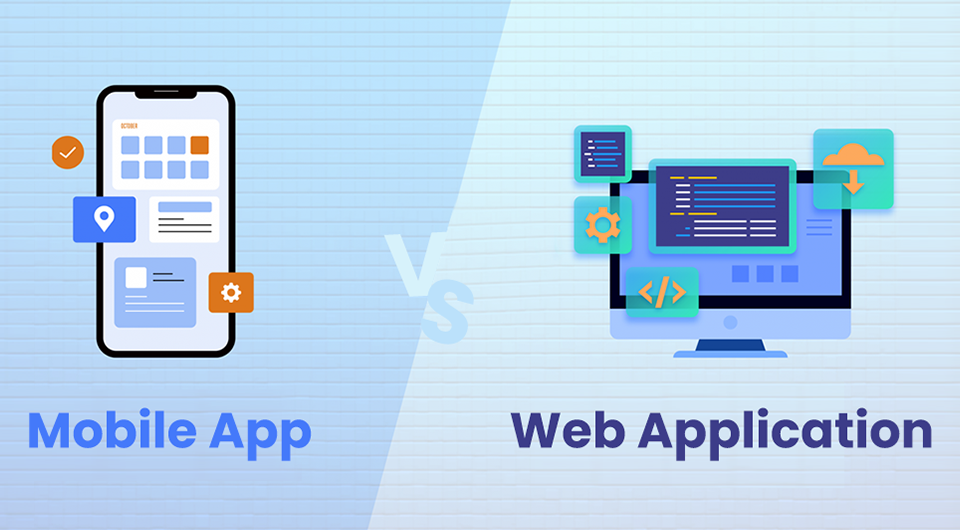Related Articles
Cost of Developing an E-Learning Application
Are you curious about the cost of developing an e-learning application? This blog explains the key factors influencing development costs.
Read The PostMobile App or Web Application: Which is Right for Your Business
Before investing in building an application, it’s crucial to determine which option is right for your business. Our blog will help you choose between a mobile app and a web app based on your business requirements.
Read The PostPopular Mobile App Database for your Application & How to choose
This article lists the top 10 databases for mobile applications you should consider before building your app.
Read The Post


